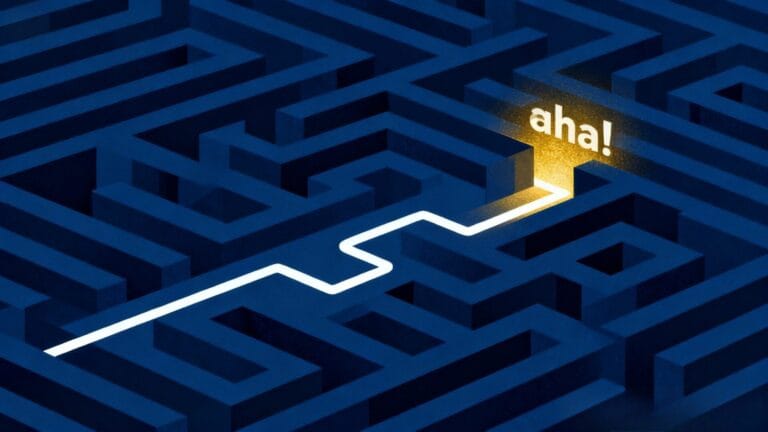
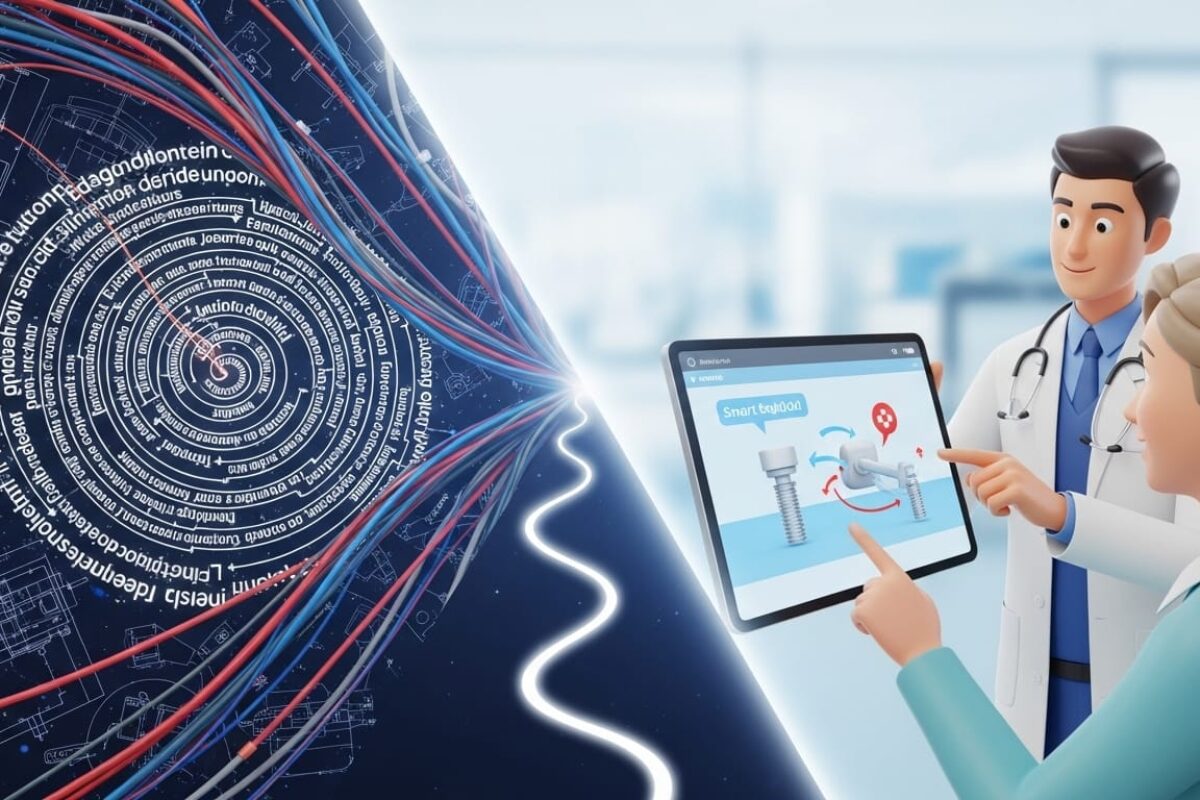
Look, I’ve been there. Staring at a mountain of technical docs for a new AI-powered surgical navigation system, trying to explain it to a room full of surgeons who’ve already checked their watches twice. My throat went dry. My slides looked like they were written in hieroglyphics. One guy actually yawned. And then… my coffee cup tipped over. Right onto the only printed copy of the FDA submission appendix.
Total. Panic.
But here’s the weird thing: that coffee stained mess became my wake-up call. Because in Medtech and HealthTech, if your brilliant innovation can’t be understood in under 90 seconds by a sleep-deprived resident, a worried patient, or a skeptical hospital CFO… it might as well not exist.
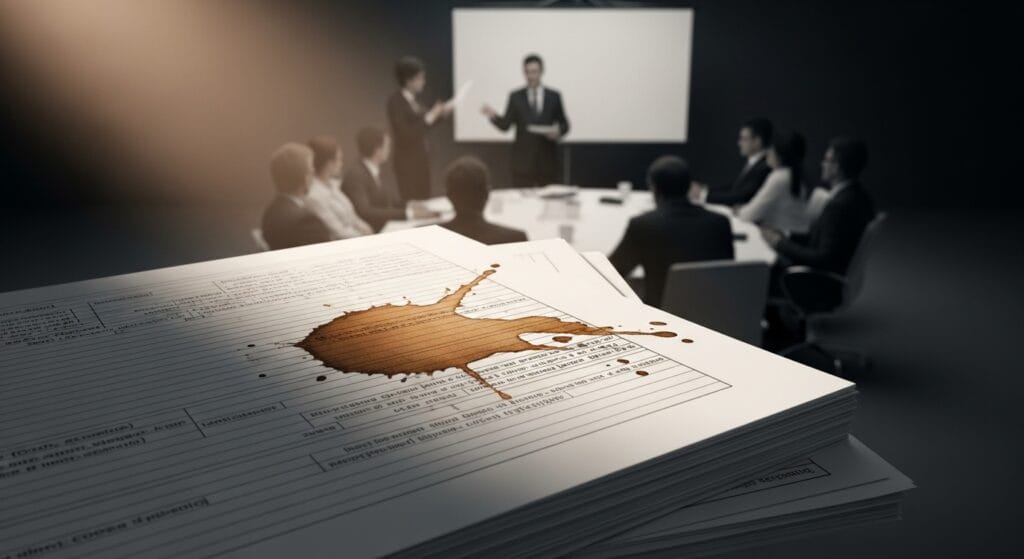
We’re building tech that literally saves lives, smart implants, predictive analytics, and remote monitoring that catches heart failure before it’s too late. But let’s be real: complexity is our industry’s kryptonite.
Static PDFs? Forget it. Jargon-filled brochures? They’re recycling bin fodder. Even slick 3D renders of your device mean nothing if people don’t get how it changes outcomes.
After that disastrous pitch, I dug into why some Medtech companies actually got traction. Turns out, the winners weren’t just the ones with the flashiest tech, they were the ones who made their tech feel human. And the secret weapon? Explainer animations done right.
Not the cheesy, cartoonish stuff you see for SaaS tools. I’m talking about clear, precise, emotionally resonant animations that:
I’ve seen this play out with clients:
This isn’t about “marketing.” It’s about removing friction from human lives. If your tech can’t be grasped quickly, it won’t get used. Period.

You’ve seen them:
Medtech animations need two things most studios miss: ✅ Medical rigor (HIPAA? FDA compliance? MoA accuracy? Non-negotiable.) ✅ Human warmth (This isn’t engineering porn, it’s about people.)

I founded Ayeans Studio because I was done watching brilliant Medtech teams drown in complexity. We’re not “animators who dabble in healthcare.” We’re healthcare nerds who breathe animation.
Here’s what that looks like:
Last week? We helped a digital therapeutics startup explain their COPD management app to actual patients using animation. One user told us: “For the first time, I felt like I wasn’t broken. I just needed this tool.”
That’s the power of getting it right.
If your Medtech or HealthTech innovation feels trapped in a maze of complexity… Stop trying to explain it. Start showing it.
You’ve got a story that matters, maybe even saves lives. But if no one gets it, it’s just another coffee-stained document.
👉 At Ayeans Studio, we craft animations that clinicians trust, patients understand, and investors remember. No fluff. No jargon. Just clarity that moves needles.
Grab 15 minutes with our medical animation team.

Hi, I’m Ayan Wakil, the founder & CEO of Ayeans Studio.
Check out these and many other tips in our blog!

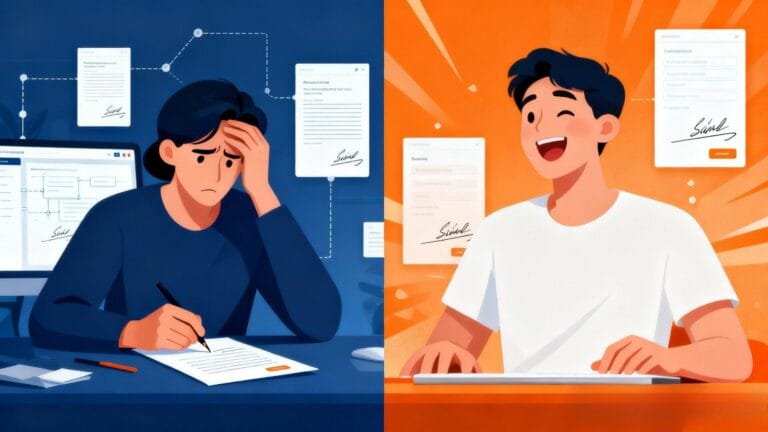

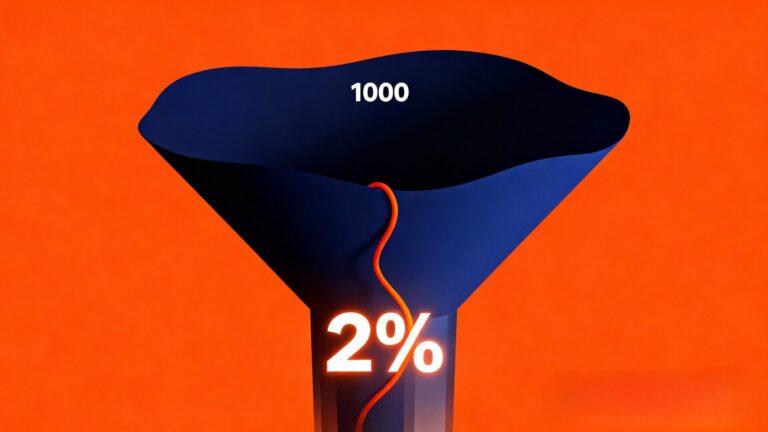


We provide services that successfully satisfy your Business Objectives
Ayeans Studio is a German-based Video Production Company, all set to deliver our pride services to US-based Clients